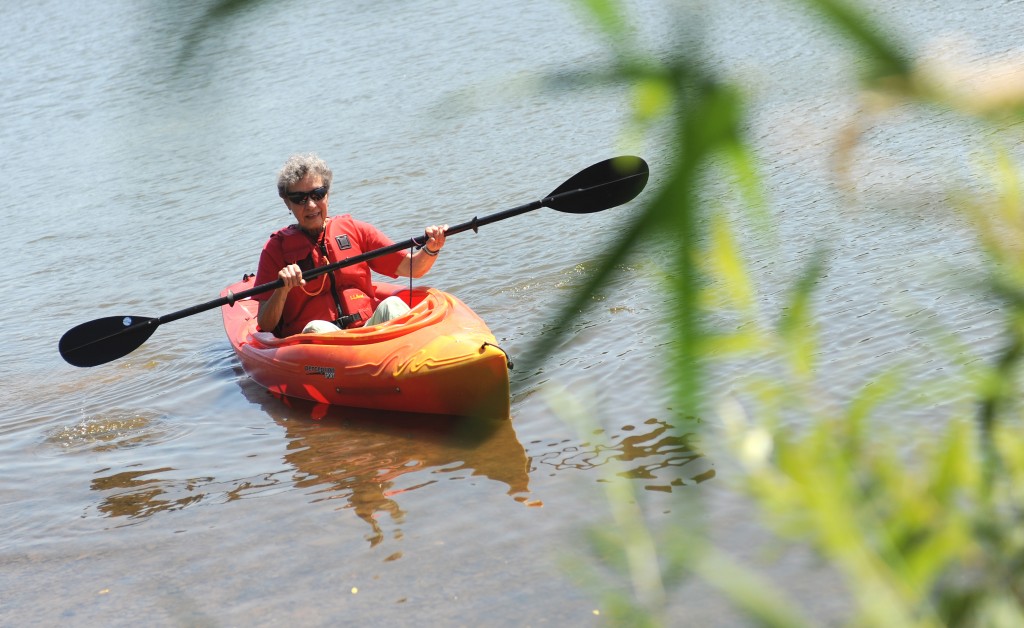Senior Housing Healthcare and Housing Technology Trends
By Tom Mann, Executive Vice President
In the fourth installment of our Senior Housing Trends Series, we will be looking at the future of health care and home technology as it relates to retirement communities. Just a few years ago, these advancements seemed like something out of a sci-fi novel. But, today they’re realistic goals that we should consider, and think about implementing in the near future.
With the average age of entry into a Life Plan Community (Continuing Care Retirement Community) now in excess of 80 years old, health care will continue to be one of the major sectors affecting our business, as well as housing technology. Here are some of the major trends we see including nanotechnology, 3-D printing, self-driving cars, solar energy, and much more.
Nanotechnology
The healthcare realm as we know it is changing at a faster pace than any in other time in mankind’s history. Nanotechnology, human genome mapping, and microbiology are all colliding to produce quantum leaps in health care. What implications will it have on your senior housing community?
We expect to see the trend of aging in place continue, both within and outside the community gates. How will this new technology affect boomers’ and seniors’ abilities to stay in their own homes? How will this technology affect how long residents are able to stay in your community? In this TED talk, Dr. Aubrey De Grey predicts that the first human to live to 200 years old has already been born.
3-D Printing
 3-D printing is proving that its uses are almost boundless. The technology is already being used to produce artificial limbs and organs. For example, recently at an Orioles baseball game, a 5-year-old girl threw out the first pitch with a prosthetic hand. This prosthetic gave her the ability to control and grip the ball.
3-D printing is proving that its uses are almost boundless. The technology is already being used to produce artificial limbs and organs. For example, recently at an Orioles baseball game, a 5-year-old girl threw out the first pitch with a prosthetic hand. This prosthetic gave her the ability to control and grip the ball.
These advances are no longer the talk of science fiction but rather advances that will be helping your residents today and tomorrow. How can you include them in your planning for the future?
2025 Technology
We also expect to see some major technological advances in housing as well. But how does housing and technology mix? Smart homes. Even our homes are becoming smarter, with remote control and automated systems like lighting, heating and cooling, energy management, health management, security systems, and even health management.
One example of how technology is changing the way we live, is the use of space saving, multi-use furniture. With smaller living spaces than seniors are used to, they can still utilize every inch by using this kind of tech savvy furniture.
There are even apps now for our homes, from security systems, and lights, to temperature control. All of this can be done using an app on a smart device through wireless connectivity. Apps can also be used for community communication. Would developing an app help residents get the most out of your community?
Transportation
Transportation is an important topic when it comes to seniors. Residents should have the freedom to go where they please, anytime they want, which isn’t always easy. Currently, there are several driving services on the market specifically for this reason. For example, Uber, a ride-sharing application, is one great way for seniors to get to where they want to go, without having to own their own car. Another service that allows seniors to drive without owning a car is ZipCar, a car sharing system.
 But what about self-driving cars? What impact would a self-driving car have? That reality isn’t too distant in the future. With this technology, residents will be able to manage their own transportation longer. Not to mention that the demand for garages, underground parking, and close-proximity parking would essentially disappear. Cars could be parked anywhere, and can come when needed.
But what about self-driving cars? What impact would a self-driving car have? That reality isn’t too distant in the future. With this technology, residents will be able to manage their own transportation longer. Not to mention that the demand for garages, underground parking, and close-proximity parking would essentially disappear. Cars could be parked anywhere, and can come when needed.
But why stop there? A retirement community could own driverless cars that were sheltered and powered under solar collectors and parked off-site (at a less desirable, less expensive location). Residents could use an app to page a car and it could arrive before they are downstairs. Fewer parking spots would be needed and the residents would save on car expenses. In fact, the savings could be yet another benefit of living at your community. Think about the green space this could add to your community’s campus and how it might impact your next master planning process!
Sustainability
Prospective senior residents have an increasingly sophisticated understanding of sustainability and take an active interest in how their housing impacts the environment. NewBridge on the Charles is heated and cooled using 400 geothermal wells; it also has vegetated roofs for reducing urban heat-island effect. These measures, and the effort to preserve the natural state of the site during construction, are like marketing gold stars. “People are drawn here by our environmental sensitivity,” Hebrew SeniorLife’s Ruth Stark recently told Build Design +Construction.
According to Build Design +Construction, this does not mean that senior communities must be LEED-certified. “As green as NewBridge is, management chose to forgo certification. Whether certified or not, sustainably designed senior housing developments should play up the health and indoor environment benefits of sustainability, as well as the positive impact on utility bills—even if the residents are not paying directly for utilities.”
Pennswood Village has constructed a personal care building (assisted living) with LEED gold certification, installed a geothermal heating and cooling system for many of its community buildings, and has an active eco-focused resident population—all of which has helped its marketing and PR efforts.
Each aspect of technology has a significant impact on the bigger picture. Whether it comes to health care or housing, the technology is changing fast. It’s important to remain aware of how these technological advancements affect your community, directly and indirectly, and to anticipate them.
For more information on senior house trends and how Love & Company can help your retirement community with master planning, expansions or renovations, contact Tim Bracken at 301-663-1239.
Previous:
Part I, Senior Housing Trends, “What does the future of senior housing look like?”
Part II, Senior Housing Trends, “What do senior housing prospects want?”
Part III, Senior Housing Trends, “Health Care Trends and Senior Housing.”






